4 bizarre Stephen Hawking theories that turned out to be right (and 6 we're not sure about)
Some of Hawking's theories revolutionized the way we view the universe, but others still leave scientists scratching their heads.

Stephen Hawking was one of the greatest theoretical physicists of the modern age. Best known for his appearances in popular media and his lifelong battle against debilitating illness, his true impact on posterity comes from his brilliant five-decade career in science. Beginning with his doctoral thesis in 1966, his groundbreaking work continued nonstop right up to his final paper in 2018, completed just days before his death at the age of 76.
Hawking worked at the intellectual cutting edge of physics, and his theories often seemed bizarrely far-out at the time he formulated them. Yet they're slowly being accepted into the scientific mainstream, with new supporting evidence coming in all the time. From his mind-blowing views of black holes to his explanation for the universe’s humble beginnings, here are some of his theories that were vindicated … and some that are still up in the air.
The Big Bang wins
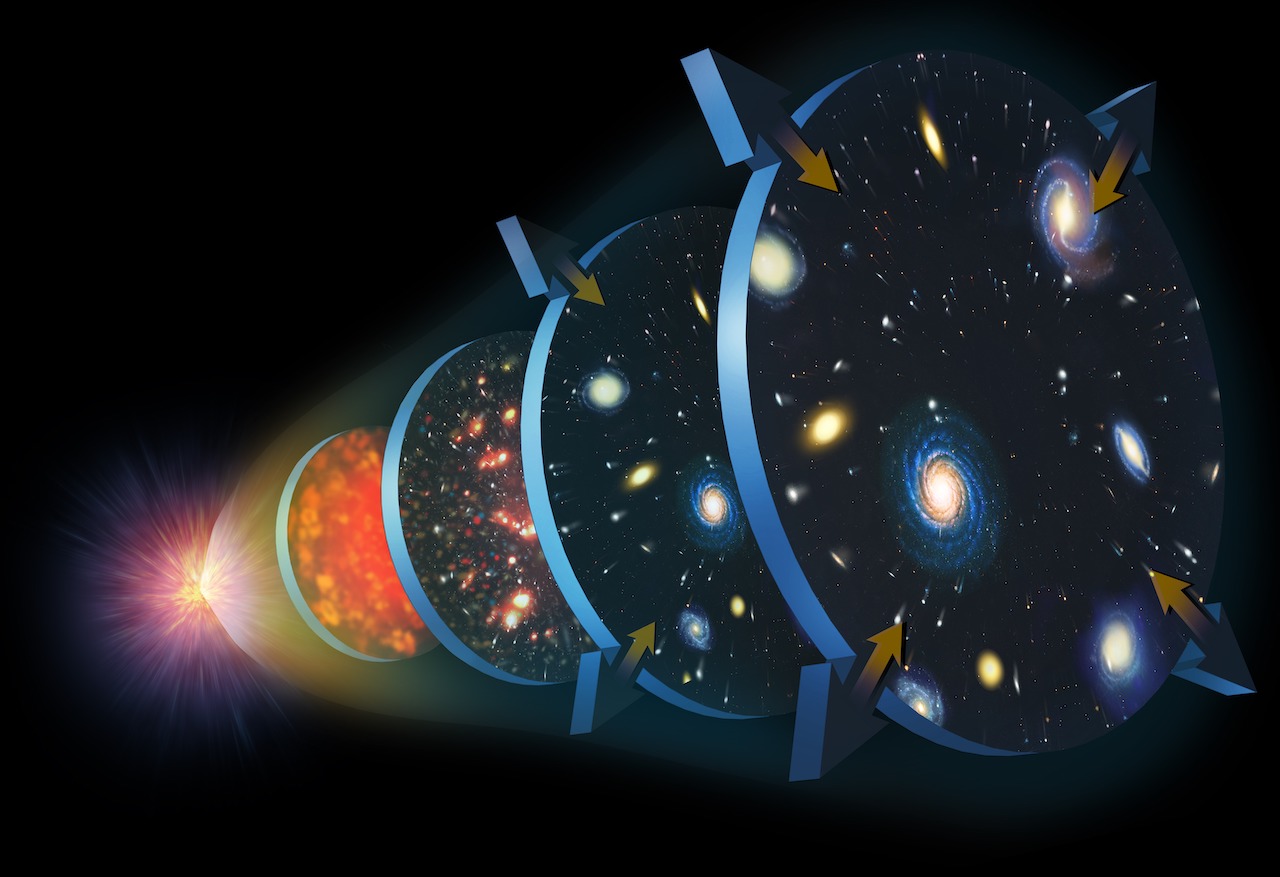
Hawking got off to a flying start with his doctoral thesis, written at a critical time when there was heated debate between two rival cosmological theories: the Big Bang and the Steady State. Both theories accepted that the universe is expanding, but in the first it expands from an ultra-compact, super-dense state at a finite time in the past, while the second assumes the universe has been expanding forever, with new matter constantly being created to maintain a constant density. In his thesis, Hawking showed that the Steady State theory is mathematically self-contradictory. He argued instead that the universe began as an infinitely small, infinitely dense point called a singularity. Today, Hawking's description is almost universally accepted among scientists.
Black holes are real
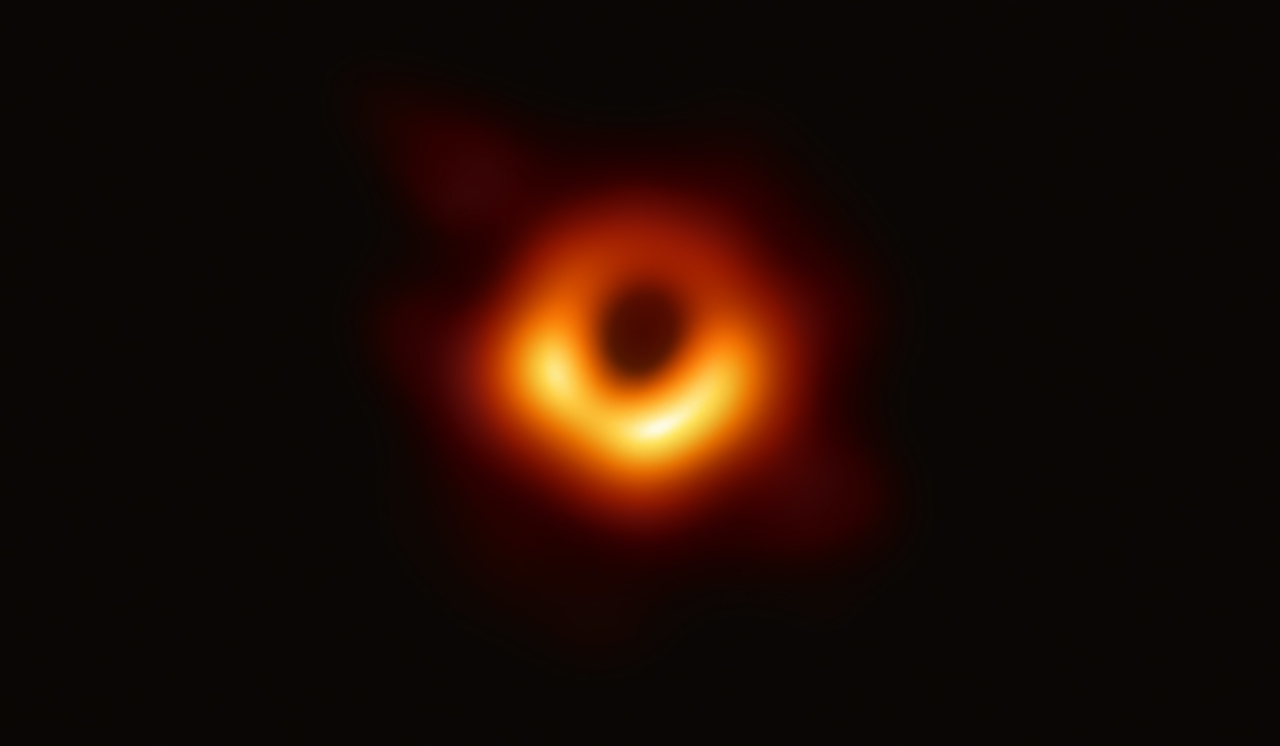
More than anything else, Hawking's name is associated with black holes — another kind of singularity, formed when a star undergoes complete collapse under its own gravity. These mathematical curiosities arose from Einstein's theory of general relativity, and they had been debated for decades when Hawking turned his attention to them in the early 1970s.
According to an article in Nature, his stroke of genius was to combine Einstein's equations with those of quantum mechanics, turning what had previously been a theoretical abstraction into something that looked like it might actually exist in the universe. The final proof that Hawking was correct came in 2019, when the Event Horizon Telescope obtained a direct image of the supermassive black hole lurking in the center of giant galaxy Messier 87.
Hawking radiation

Black holes got their name because their gravity is so strong that photons, or particles of light, shouldn't be able to escape from them. But in his early work on the subject, Hawking argued that the truth is more subtle than this monochrome picture.
By applying quantum theory — specifically, the idea that pairs of "virtual photons" can spontaneously be created out of nothing — he realized that some of these photons would appear to be radiated from the black hole. Now referred to as Hawking radiation, the theory was recently confirmed in a laboratory experiment at the Technion-Israel Institute of Technology, Israel. In place of a real black hole, the researchers used an acoustic analog — a "sonic black hole" from which sound waves cannot escape. They detected the equivalent of Hawking radiation exactly in accordance with the physicist's predictions.
Get the Space.com Newsletter
Breaking space news, the latest updates on rocket launches, skywatching events and more!
Black hole area theorem
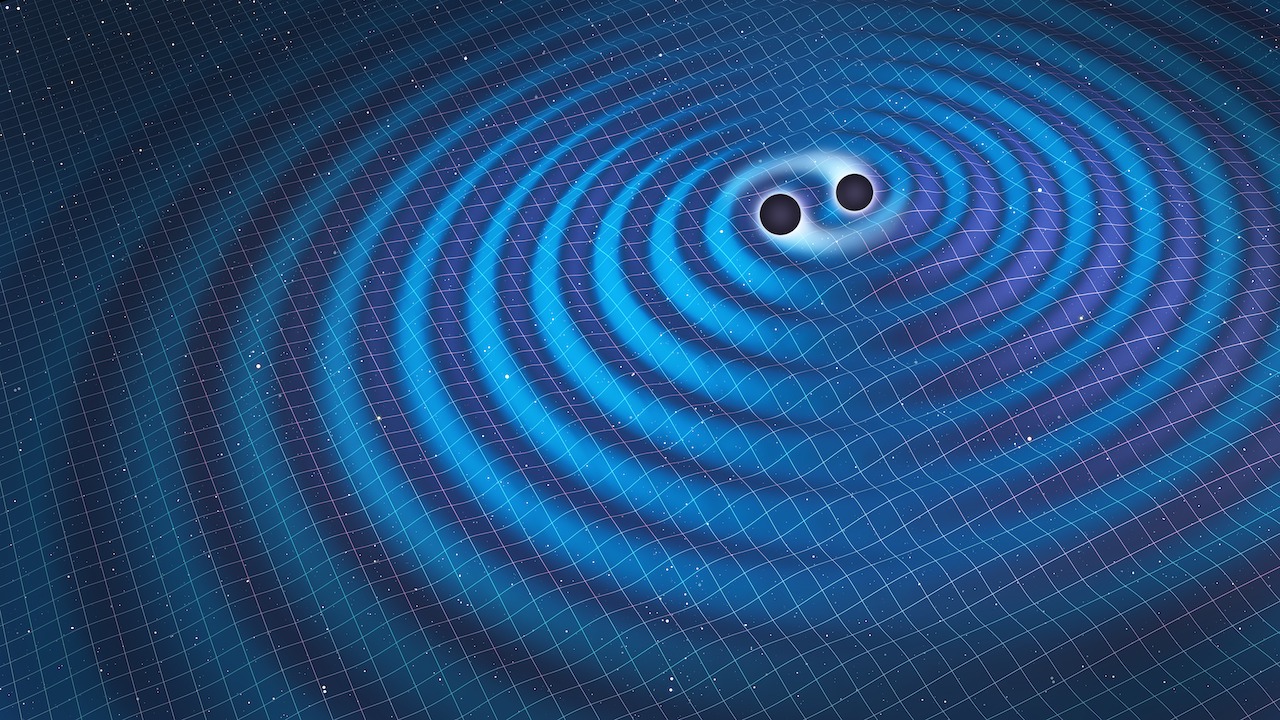
In classical physics, entropy, or the disorder of a system that can only ever increase with time, never decreases. Together with Jacob Bekenstein, Hawking proposed that the entropy of a black hole is measured by the surface area of its surrounding event horizon.
The recent discovery of gravitational waves emitted by merging pairs of black holes shows that Hawking was right again. As Hawking told the BBC after the first such event in 2016, "the observed properties of the system are consistent with predictions about black holes that I made in 1970 ... the area of the final black hole is greater than the sum of the areas of the initial black holes." More recent observations have provided further confirmation of Hawking's "area theorem."
So the world is gradually catching up with Stephen Hawking's amazing predictions. But there are still quite a few that have yet to be proven one way or the other:
The information paradox
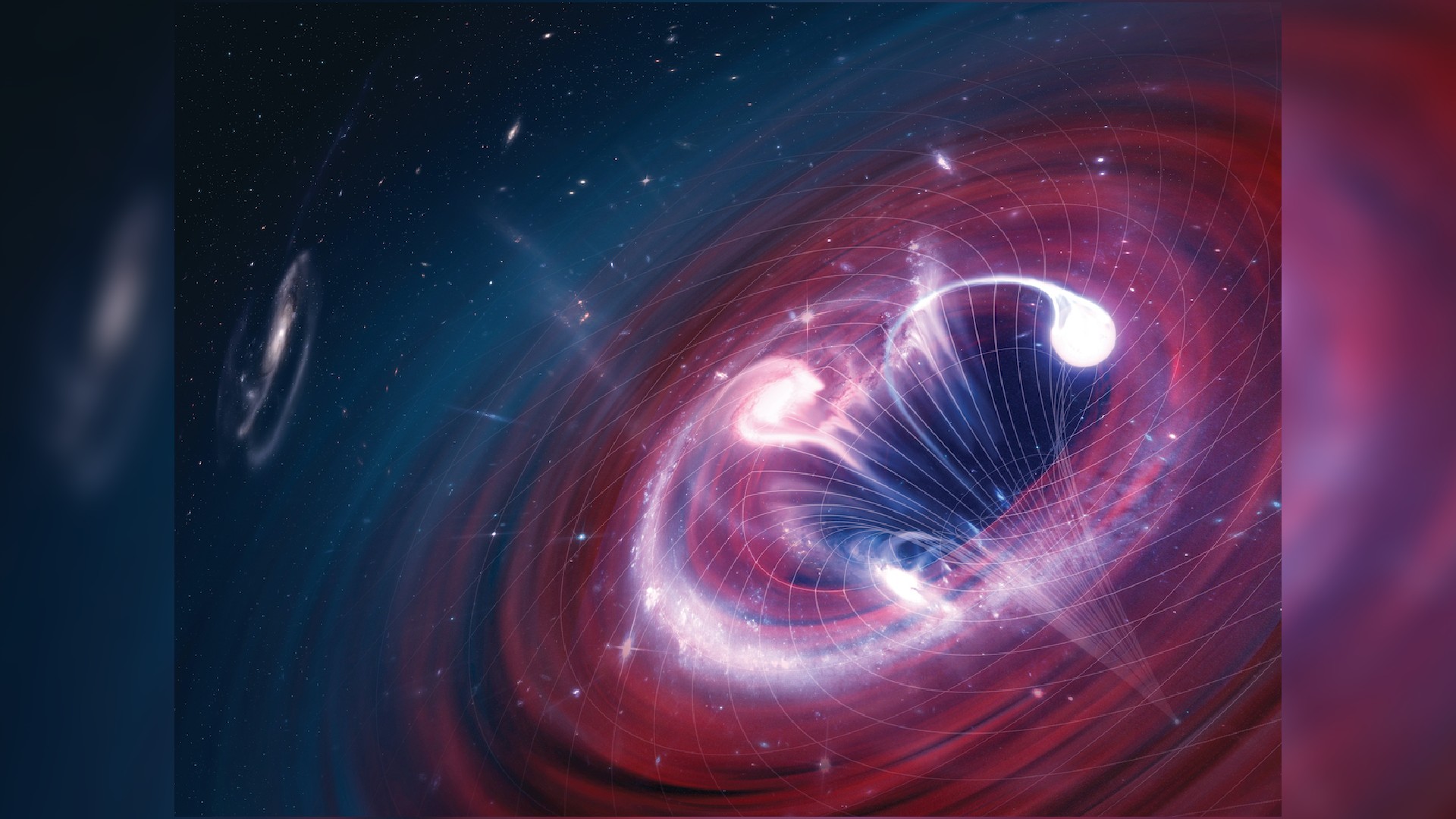
The existence of Hawking radiation creates a serious problem for theoreticians. It seems to be the only process in physics that deletes information from the universe.
The basic properties of the material that went into making the black hole appear to be lost forever; the radiation that comes out tells us nothing about them. This is the so-called information paradox that scientists have been trying to solve for decades. Hawking's own take on the mystery, which was published in 2016, is that the information isn't truly lost. It's stored in a cloud of zero-energy particles surrounding the black hole, which he dubbed "soft hair." But Hawking's hairy black hole theorem is only one of several hypotheses that have been put forward, and to date no one knows the true answer.
Primordial black holes
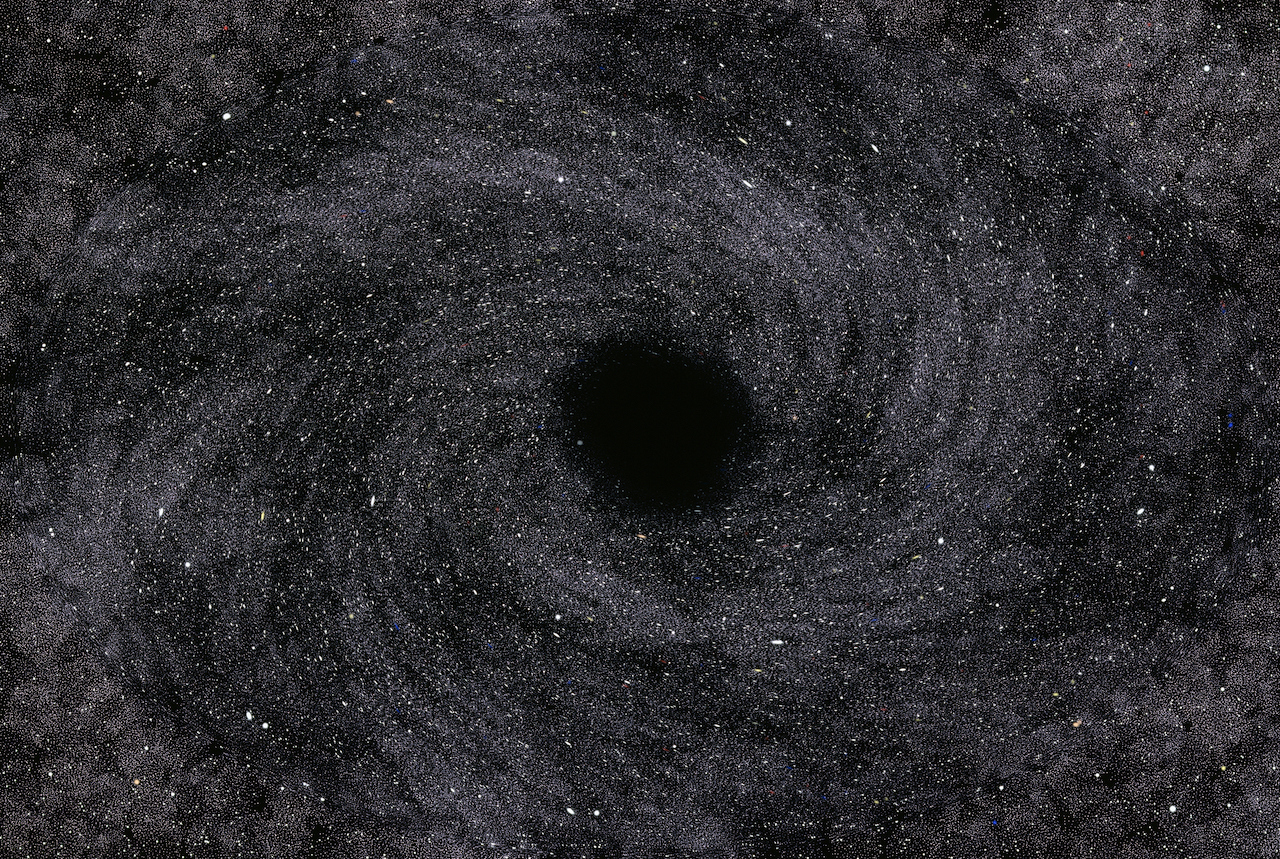
Black holes are created from the gravitational collapse of pre-existing matter such as stars. But it's also possible that some were created spontaneously in the very early universe, soon after the Big Bang.
Hawking was the first person to explore the theory behind such primordial black holes in depth. It turns out they could have virtually any mass whatsoever, from very light to very heavy — though the really tiny ones would have "evaporated" into nothing by now due to Hawking radiation. One intriguing possibility considered by Hawking is that primordial black holes might make up the mysterious dark matter that astronomers believe permeates the universe. However, as LiveScience previously reported, current observational evidence indicates that this is unlikely. Either way, we currently don't have observational tools to detect primordial black holes or to say whether they make up dark matter.
The multiverse
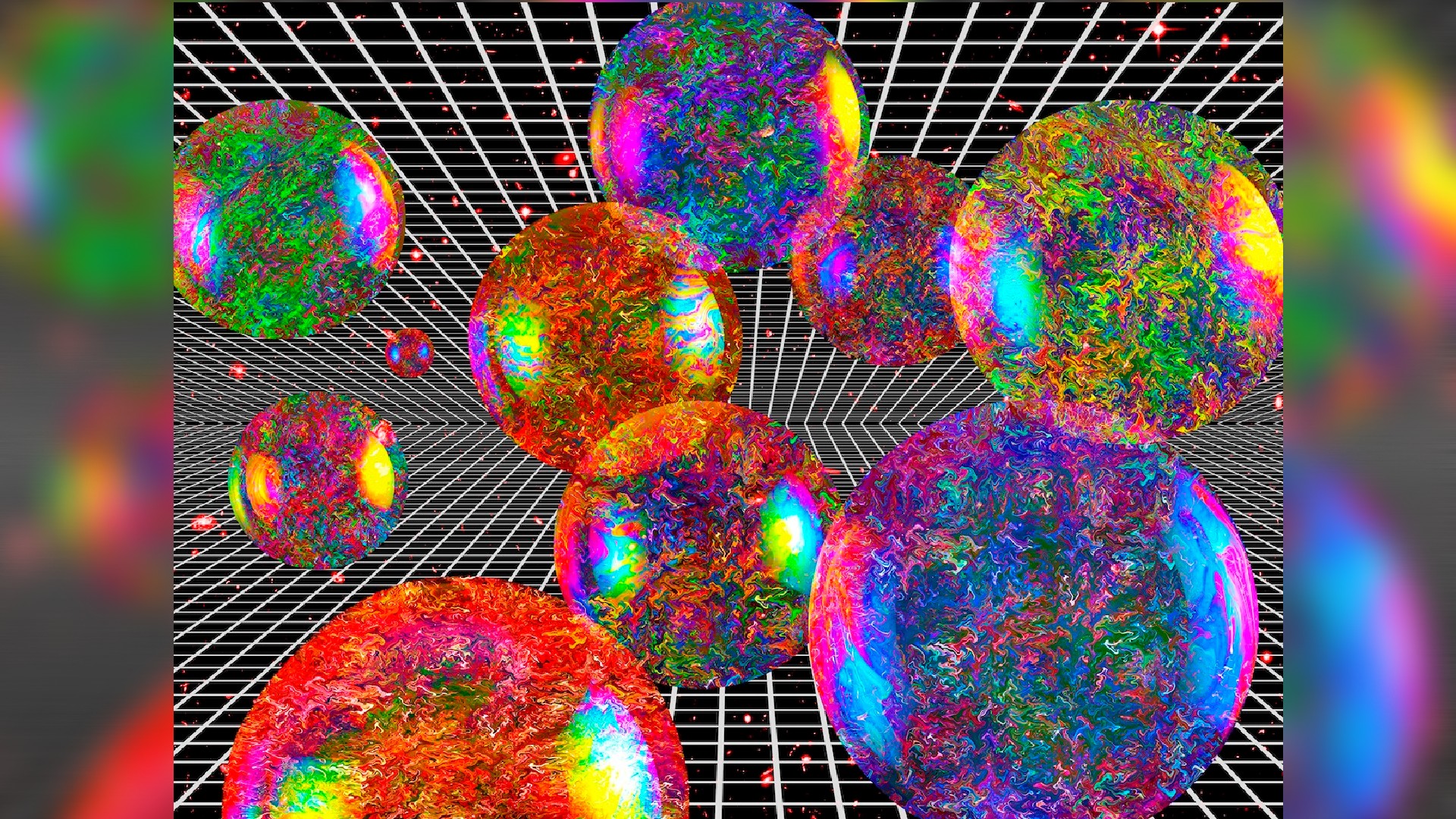
One of the topics Hawking tinkered with toward the end of his life was the multiverse theory — the idea that our universe, with its beginning in the Big Bang, is just one of an infinite number of coexisting bubble universes.
Hawking wasn't happy with the suggestion, made by some scientists, that any ludicrous situation you can imagine must be happening right now somewhere in that infinite ensemble. So, in his very last paper in 2018, Hawking sought, in his own words, to "try to tame the multiverse." He proposed a novel mathematical framework that, while not dispensing with the multiverse altogether, rendered it finite rather than infinite. But as with any speculation concerning parallel universes, we have no idea if his ideas are right. And it seems unlikely that scientists will be able to test his idea any time soon.
Chronology protection conjecture
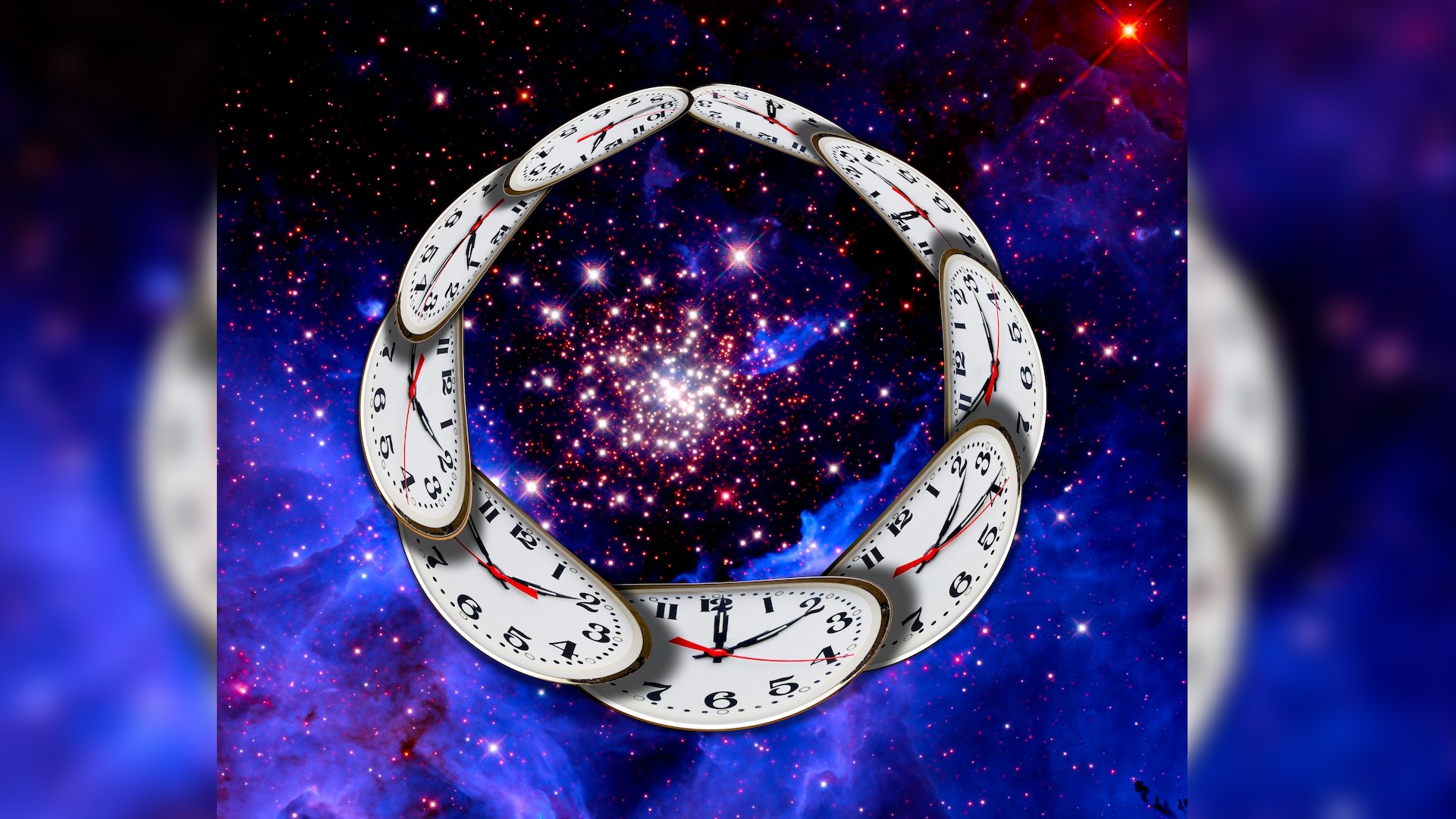
Surprising as it may sound, the laws of physics — as we understand them today — don't prohibit time travel. The solutions to Einstein's equations of general relativity include "closed time-like curves," which would effectively allow you to travel back into your own past. Hawking was bothered by this, because he felt that backward travel in time raised logical paradoxes that simply shouldn't be possible.
So he suggested that some currently unknown law of physics prevents closed timelike curves from occurring — his so-called "chronology protection conjecture." But "conjecture" is just science-speak for "guess," and we really don't know whether time travel is possible or not.
No creator
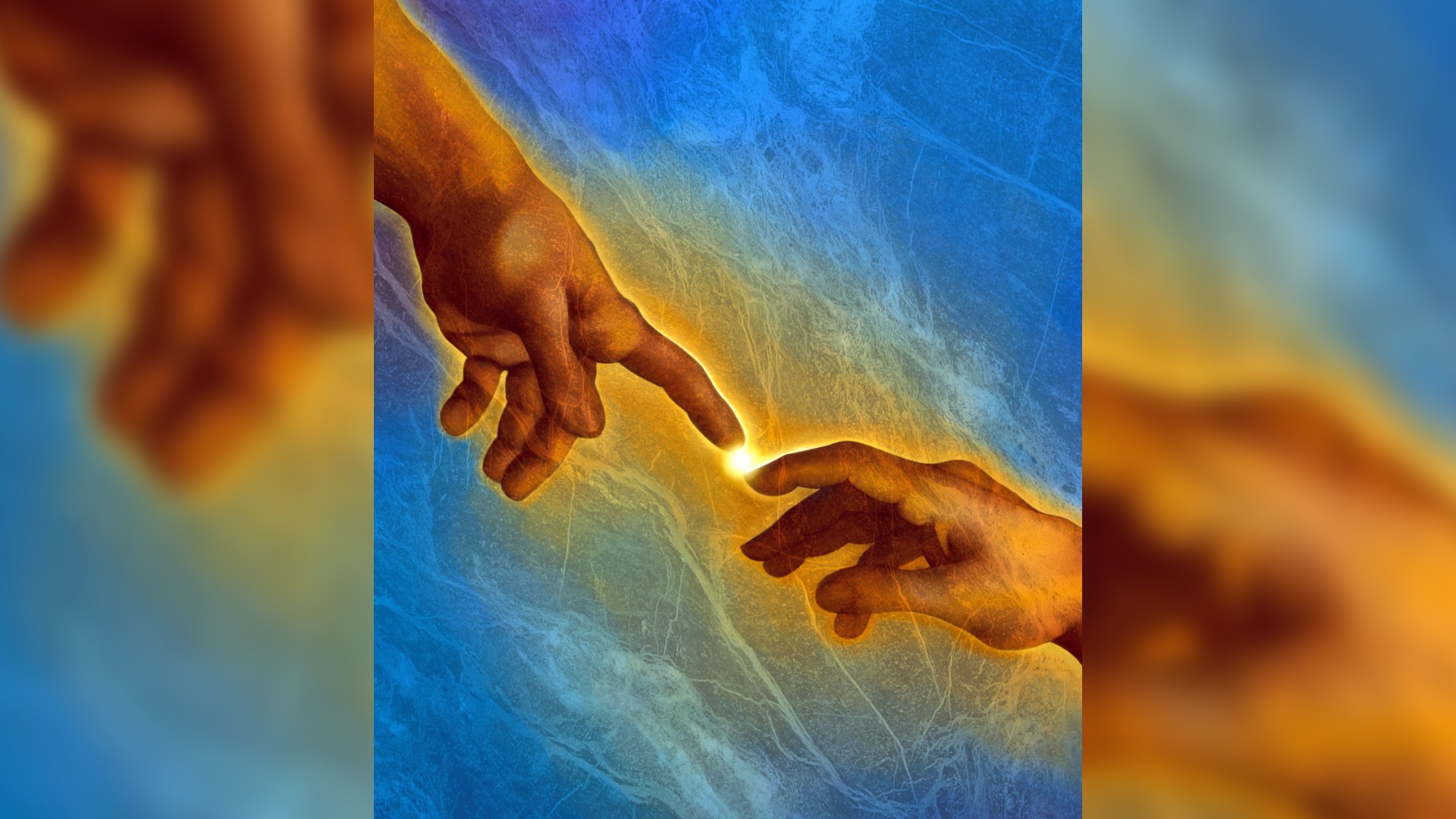
One of the questions cosmologists get asked most often is "what happened before the Big Bang?" Hawking's own view was that the question is meaningless. To all intents and purposes, time itself — as well as the universe and everything in it — began at the Big Bang.
"For me, this means that there is no possibility of a creator," he said, and as LiveScience previously reported, "because there is no time for a creator to have existed in." That's an opinion many people will disagree with, but one that Hawking expressed on numerous occasions throughout his life. It almost certainly falls in the "will never be resolved one way or the other" category.
Doomsday prophecies

In his later years, Hawking made a series of bleak prophecies concerning the future of humanity that he may or may not have been totally serious about, BBC reported
These range from the suggestion that the elusive Higgs boson, or "God particle," might trigger a vacuum bubble that would gobble up the universe to hostile alien invasions and artificial intelligence (AI) takeovers. Although Stephen Hawking was right about so many things, we'll just have to hope he was wrong about these.
Originally published on Live Science.
Join our Space Forums to keep talking space on the latest missions, night sky and more! And if you have a news tip, correction or comment, let us know at: community@space.com.
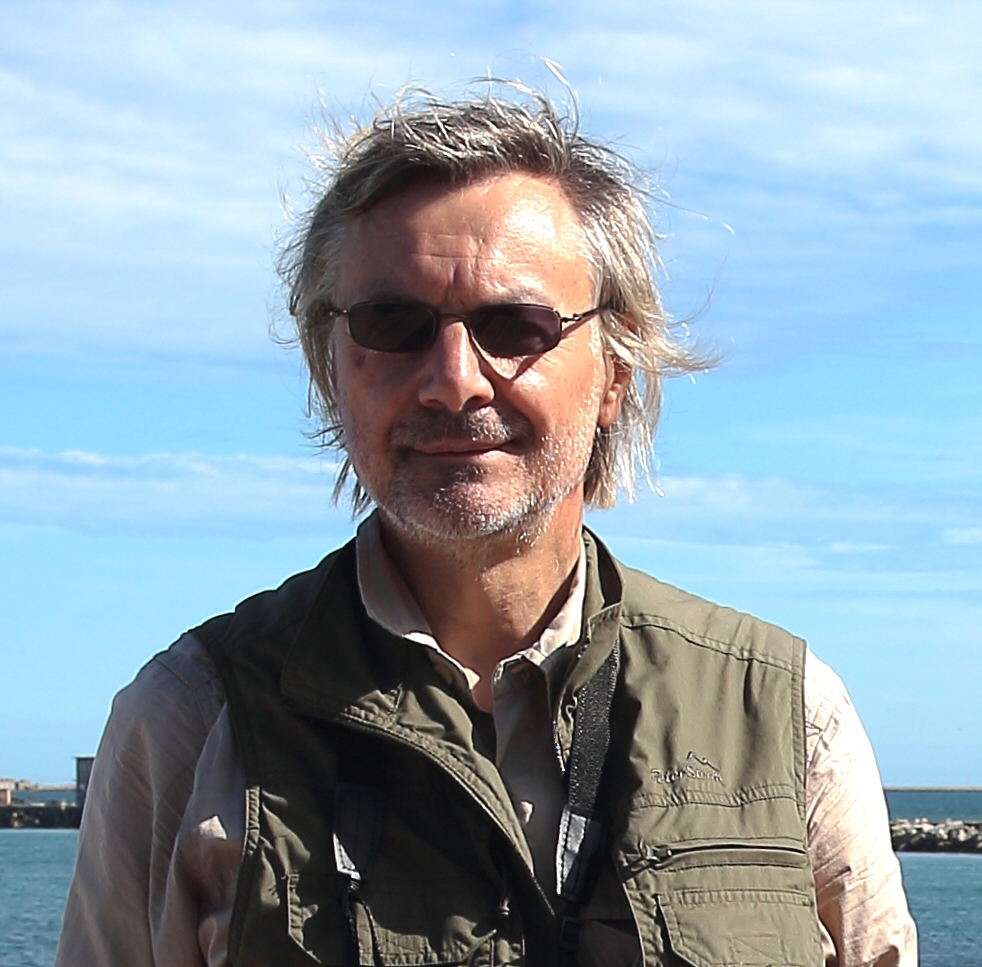
Andrew May holds a Ph.D. in astrophysics from Manchester University, U.K. For 30 years, he worked in the academic, government and private sectors, before becoming a science writer where he has written for Fortean Times, How It Works, All About Space, BBC Science Focus, among others. He has also written a selection of books including Cosmic Impact and Astrobiology: The Search for Life Elsewhere in the Universe, published by Icon Books.










